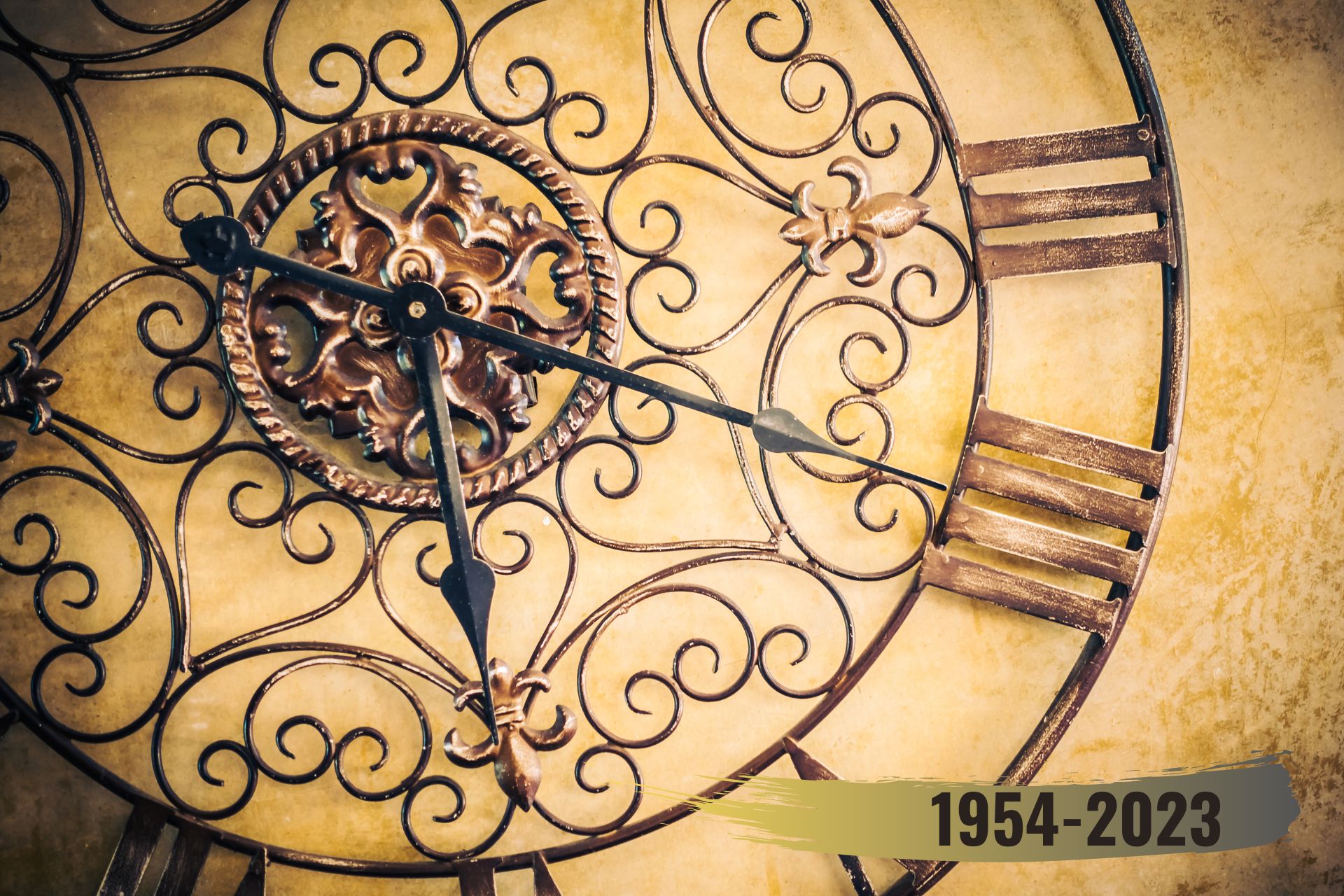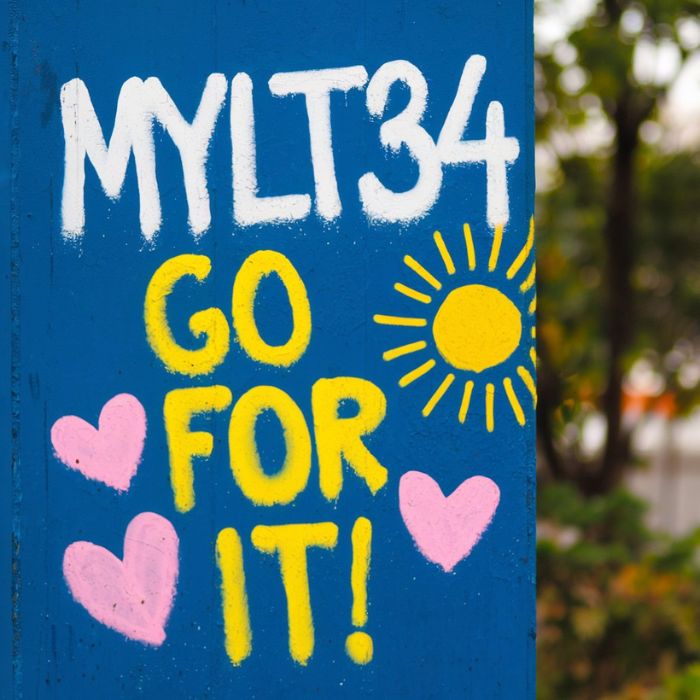Cultural evolution is a fascinating journey that captures the essence of human expression. It reflects how societies change and adapt over time, influenced by various factors. From art and music to fashion 1954-2023 and ideology, culture is in constant flux. Each decade brings new ideas, trends, and movements that resonate with different generations.
The timeline from 1954 to 2023 showcases an extraordinary transformation shaped by historical events, technological advancements, and social shifts. As we delve into this captivating evolution, it becomes clear that understanding our cultural past allows us to navigate the complexities of our present world. The interplay between tradition and innovation will always be at the heart of cultural development. Exploring these changes opens up discussions on identity, values, and shared experiences across diverse communities around the globe.
The cultural landscape of 1954 and how it has evolved over time
The cultural landscape of 1954 was defined by post-war optimism. The world was rebuilding, and society leaned heavily on traditional values. Television became a household staple, influencing how families interacted and consumed media. Rock ‘n’ roll was emerging, shaking up music with its rebellious spirit. Icons like Elvis Presley captured youth’s imagination while challenging established norms. This era also saw the beginnings of civil rights activism, planting seeds for future social change.
Fast forward to today, and we can see stark differences in our daily lives. Technology has transformed communication entirely. Social media shapes opinions instantly across the globe. Cultural expressions have diversified dramatically as well. From fashion trends to art movements, today’s culture embraces inclusivity and global perspectives that were scarce back then. Each decade added layers to this evolution, reflecting shifts in attitudes towards identity and freedom.
Major events and advancements that have shaped culture from 1954 to 2023
From the Civil Rights Movement in the 1960s to the rise of digital technology in the early 2000s, major events have significantly shaped our cultural landscape. The Vietnam War sparked protests and changed public perceptions about authority and patriotism. The feminist movement gained momentum during this era, advocating for women’s rights and challenging traditional gender roles. Music also played a pivotal role; from rock ‘n’ roll to hip-hop, each genre encapsulated societal shifts and movements.
As we moved into the internet age, social media emerged as a powerful tool for communication. Platforms like Facebook and Twitter transformed how we engage with one another on global issues. In recent years, awareness around mental health has surged, reshaping discussions about wellness. Each advancement reflects an ongoing dialogue within culture that continues to evolve dynamically through time.
The impact of technology on cultural evolution
Technology has been a powerful force driving cultural evolution since 1954. From the rise of television to the Internet revolution, each advancement reshaped how we communicate and relate to one another. The introduction of color TV in the 1960s transformed entertainment, allowing families to experience events like never before. This medium became a lens through which societal issues were discussed, influencing public opinion and culture.
Fast forward to smartphones and social media; they have redefined our interactions. Information spreads instantaneously now, creating global conversations about everything from politics to art. Virtual reality is pushing boundaries even further today. It immerses us in experiences that challenge traditional notions of reality and empathy.
With every technological leap, culture adapts in ways we are only beginning to understand. The dialogue between tech advancements and cultural shifts continues, paving new paths for society’s collective identity.
Changes in social norms, values, and beliefs
Social norms, values, and beliefs have shifted dramatically from 1954 to 2023. In the mid-20th century, traditional family structures held significant sway. Gender roles were rigidly defined, with expectations that limited personal freedom. As decades progressed, movements advocating for civil rights began to challenge these constraints. The feminist movement gained momentum in the ’60s and ’70s, pushing for equality and breaking down stereotypes. This laid the groundwork for a more inclusive society.
Fast forward to today; conversations around identity thrive. Issues of race, gender fluidity, and mental health are gaining recognition like never before. Values surrounding sustainability show a growing awareness about our planet’s future as well. Young people lead this charge with their activism. These changes reflect an ongoing evolution where diversity is celebrated rather than merely tolerated—an important shift in collective consciousness that continues to shape our communities.
How language and communication have evolved
Language has transformed dramatically from 1954 to 2023. In the mid-20th century, communication relied heavily on print media and face-to-face interaction. People wrote letters or made phone calls for connection. Fast forward to today, digital platforms dominate our interactions. Social media shapes how we express ourselves and share ideas. Emojis and memes have become a new language of their own.
The rise of texting introduced abbreviations like “LOL” and “BRB,” making conversations quicker yet sometimes less formal. This shift reflects a broader trend towards immediacy in communication. Moreover, globalization has enriched languages with borrowed terms across cultures. English has become increasingly influential worldwide, but regional dialects continue to thrive alongside it.
As technology advances further, virtual reality might redefine interpersonal interactions entirely—creating immersive experiences that transcend traditional boundaries of conversation.
Future predictions for cultural evolution
As we look ahead, the pace of cultural evolution is expected to quicken. Globalization will continue to blend diverse traditions and ideas. This fusion may give rise to new art forms and expressions that reflect our interconnected world. Technology’s role will expand further. Virtual reality and augmented reality could reshape how we experience culture, making it more immersive than ever before. Social platforms might evolve into spaces for collaborative creativity, allowing voices from all corners of the globe to be heard.
Changing demographics also signal shifts in values and beliefs. Younger generations prioritize inclusivity and sustainability, pushing cultural narratives toward equity and environmental responsibility. Language might adapt too, with digital communication shaping a new dialect that blends emoji-driven expression with traditional linguistics. Expect the unexpected as cultures collide and merge in ways we’ve yet to imagine.
Conclusion
Understanding the journey from 1954 to 2023 is crucial for grasping how our culture has been molded. The events, trends, and technological advancements have not only shaped our present but also laid the groundwork for what lies ahead.
By reflecting on past experiences, we can appreciate the struggles and triumphs that have defined generations. This perspective allows us to navigate current challenges with wisdom gleaned from history. Social norms shift constantly; recognizing these changes helps us foster a more inclusive society.
Language and communication styles evolve as well. They mirror cultural sentiments and play a vital role in shaping identity. As we move into an increasingly interconnected world, understanding this evolution will aid in bridging gaps between diverse communities.
The path from 1954 to 2023 teaches invaluable lessons about resilience and adaptation—lessons that will guide us as we continue to grow together in our shared humanity.











